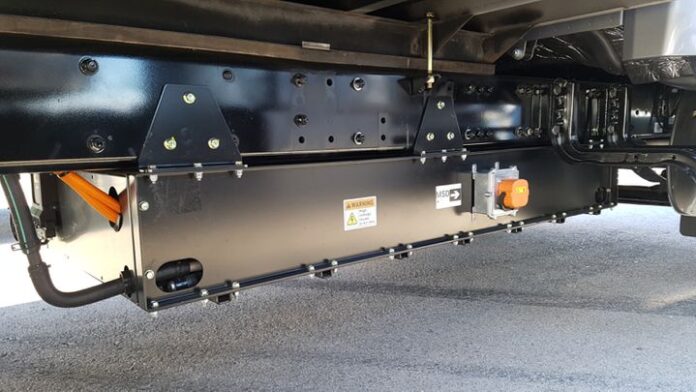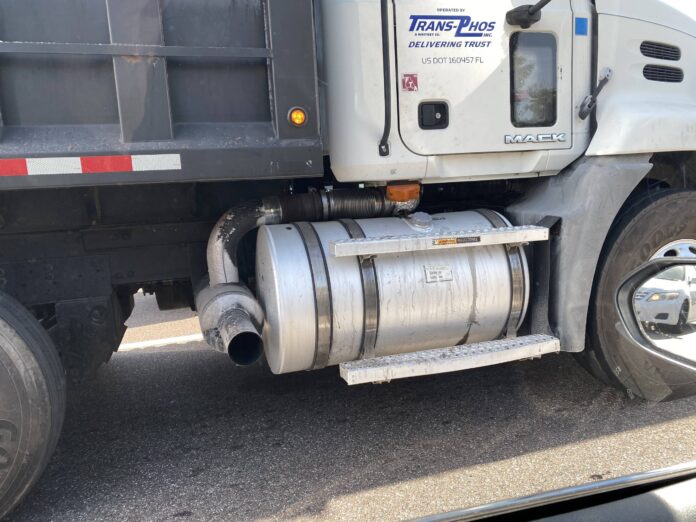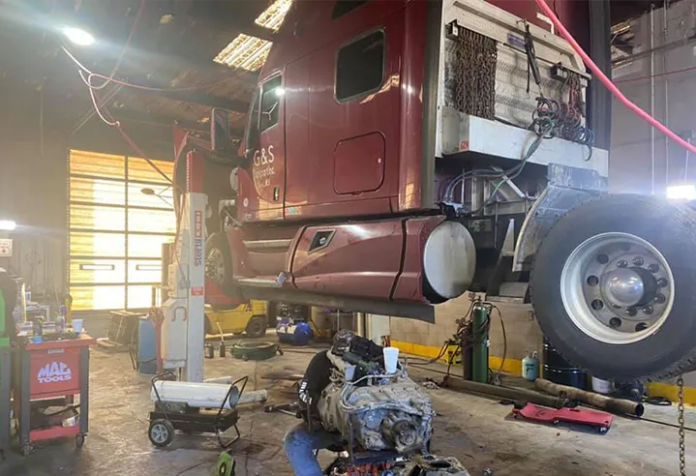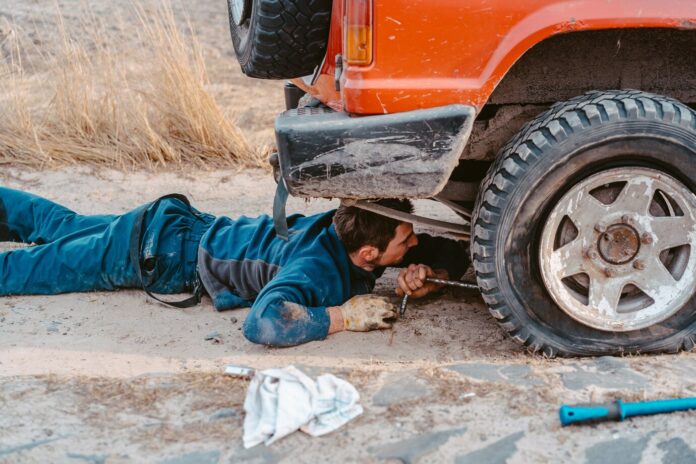Diagnosing issues on your truck feels like trying to read a foreign language, right? There are odd sounds, weird smells, maybe a flashing light or two. Trucks can be a pain when they act up, and figuring out the issue often feels like a guessing game. But, it doesn’t have to be that way. We’ll break it down into easy steps that’ll help you pinpoint the root cause quickly.
Below are the essentials you’ll cover in this guide. Let’s keep things clear, easy to follow, and leave the frustration at the door.
Key Points:
- Recognize warning signs and symptoms.
- Use simple visual inspections.
- Check common problem areas.
- Follow basic troubleshooting steps.
- Know when to use professional help.
1. Spot the Warning Signs

Before you even reach for a tool, focus on recognizing any signs your truck may be showing you. Most problems start with something minor, so keep an eye out for symptoms like strange noises, unresponsive brakes, or unexpected drops in fuel efficiency. Often, the issue is hidden in plain sight.
Your dashboard lights are also huge indicators. A check engine light or low battery signal means it’s time to inspect further. If something seems off, take it as a clue rather than an inconvenience.
Sometimes, it’s not just about fixing a problem; it’s about upgrading where necessary. If you’re considering replacements, look into quality aftermarket truck parts. Good aftermarket parts can save money without sacrificing quality. An investment here can prevent many headaches down the line.
2. Start with a Visual Inspection
Pop the hood and start with a basic visual inspection. You’d be amazed at what a quick look around can uncover. Check for loose wires, leaks, broken hoses, and anything else that looks out of place. Many times, you can save a load of money by finding an obvious problem before it becomes severe.
For instance, if there’s a pool of liquid beneath the truck, you’re likely dealing with a coolant or oil leak. Worn-out hoses? Replace those before they rupture on the road. A simple visual inspection can tell you a lot without any technical expertise.
3. Look at the Battery and Electrical Components

Weak batteries and faulty electrical systems are often the root of truck troubles. Grab a voltmeter and check your battery’s charge. If the reading is below 12.4 volts, you may need a new battery. Corroded connections or loose cables can also lead to problems with starting.
Your truck’s alternator plays a big role here too. If your battery keeps dying even after a full charge, you might need to look at your alternator or belts.
4. Tires and Suspension
Uneven tire wear or strange handling? Check the suspension and tires. If your truck pulls to one side, there could be an alignment problem or an issue with tire pressure. Look for worn-out treads or bulges on the sidewalls. Never underestimate the impact of good tires and a solid suspension on your truck’s overall health.
Pro Tip: Always carry a portable tire gauge. Checking tire pressure often saves you from more serious tire issues later.
5. Listen to the Exhaust System

Your exhaust system tells you a lot about what’s happening under the hood. Strange smells? Rattling or hissing sounds? Those are usually exhaust-related issues. If you catch a smell like rotten eggs, you’re probably dealing with a catalytic converter problem.
Listen for any rattling or popping noises. Those sounds often point to exhaust leaks or problems with the catalytic converter, which can impact fuel efficiency.
6. Look at the Cooling System
Your truck’s cooling system has a big role to play in keeping things running smoothly. Overheating? There’s probably a coolant issue. Start by checking the coolant level and radiator. If it’s low, top it up, but also check for leaks around the hoses and radiator.
Don’t ignore the thermostat. If your engine constantly runs hot or fluctuates too much, a faulty thermostat could be the issue. Inspecting the cooling system is key to avoiding breakdowns, especially on long hauls.
7. Transmission Troubles

Transmission issues can start subtly and escalate quickly. If your truck struggles to shift gears, slips, or makes a grinding noise, it’s time to inspect the transmission fluid. Low or dirty transmission fluid often causes those issues. Top it up if it’s low or replace it if it’s discolored.
Don’t delay with transmission problems. The longer you wait, the more damage it can cause. Keep an eye on how your vehicle shifts, as it can be a strong indicator of hidden issues.
8. Brakes – Safety First
Strange sounds from your brakes can be unsettling. Squealing or grinding noises typically mean it’s time for new brake pads. If the brakes feel soft or unresponsive, check the brake fluid. Inspecting the rotors for visible damage is also wise.
Brake issues are no joke. Don’t cut corners when it comes to brake maintenance. Good brakes make a difference in handling and, more importantly, safety.
9. Know When to Seek Professional Help
Not every problem can or should be tackled alone. Sometimes, calling in a professional is the best route to prevent further damage. For instance, if you notice complex electrical issues or transmission problems, consult a trusted mechanic. Doing so can save a lot of money and prevent additional headaches.
FAQ
1. What should I check first if my truck won’t start?
Begin with the battery and electrical connections. Low battery power or a loose cable could be the culprit.
2. Why does my truck pull to one side?
Your tires may have uneven wear or low pressure. Check tire alignment or suspension if the problem persists.
3. How can I tell if the brakes need replacement?
Listen for squealing or grinding noises, and inspect the brake fluid level. Soft brakes often indicate fluid issues.
4. What should I do if I smell rotten eggs from the exhaust?
That smell points to an issue with the catalytic converter. Have it inspected or replaced.
5. How often should I check the fluid levels?
Check fluids regularly. Low levels lead to various problems and avoidable repairs.
Knowing how to diagnose common issues with a systematic approach saves time and money.







